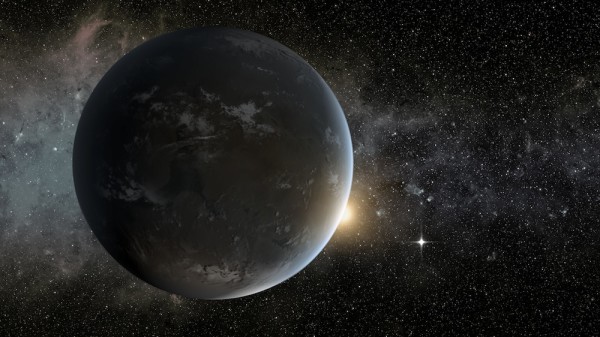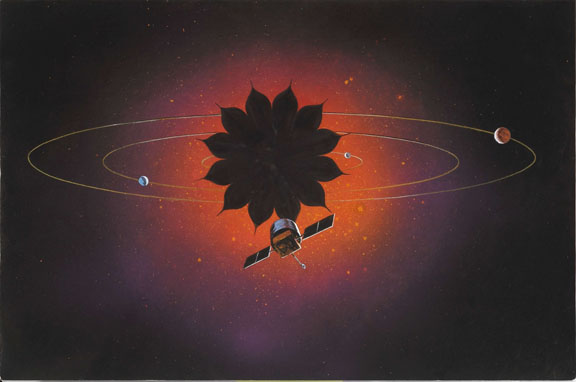"We stand on a great threshold in the human history of space exploration. If life is prevalent in our neighborhood of the galaxy, it is within our resources and technological reach to be the first generation in human history to finally cross this threshold, and to learn if there is life of any kind beyond Earth." -Sara Seager
25 years ago, there were no planets known around Sun-like stars other than our own. Just 5 years ago, there were no rocky planets known around Sun-like stars other than our own. And today, we don't have any direct images of those rocky worlds potentially suitable for life. But in just another ten to fifteen years, that might not be true anymore.
By blocking out the light in front of a star, you can potentially see the light from the faint planet instead. While conventional coronagraphs might reduce the amount of light transmitted by a factor of one million, a hypergaussian surface at the right distance -- a starshade -- can reduce the star's light by a factor of over 10^10, making direct exoplanet imaging possible.
Come learn about this incredible aspect of the future of astronomy over on Forbes!
- Log in to post comments



Boy, are we in for some exciting times !
Indeed we are, PJ.